Topical application of topical retinoids can effectively fight the signs of skin aging, reduce the severity of acne and hyperpigmentation, and prepare the skin for peeling procedures. MEDICARE has developed a low-irritant retinoic care program that addresses a range of skin concerns with minimal side effects. You can learn about the possibilities and benefits of using topical retinoids, their effect on the skin and their effectiveness in this article.
What problems can be solved with the use of retinoids?
Retinoids – natural and synthetic derivatives of vitamin A, which easily penetrate the epidermis both through the stratum corneum and through the excretory ducts of the glands. As a result, a concentration of retinoids is created in the skin, which decreases towards the dermis. The action of various activities at different levels of the derma-epidermal junction is provided by the retinoid cascade – key features of the MEDICARE retinoic care program:
- retinyl palmitate is effective in treating acne and fighting age-related skin changes by normalizing its structure, stimulating collagen synthesis and renewing skin cells;
- retinyl acetate helps to increase the amount of collagen and elastin, as well as accelerated disposal of dying skin cells;
- All-trans retinol stimulates collagen synthesis, normalizes skin texture and hydration, restores its density.
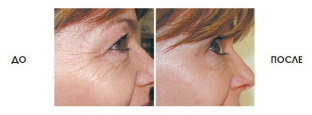
The action of different activities at different levels of the derma-epidermal junction is provided by the retinoid cascade.
Retinoids affect the growth of epithelial cells, their differentiation and functional activity, prevent the destruction of existing and stimulate the synthesis of new collagen, control the processes of keratinization and pigmentation. Therefore, the use of topical retinoids from Medicare allows you to:
- Reduce the appearance of wrinkles.
- Reduce dry skin.
- Reduce the appearance of hyperpigmentation.
- Reduce acne.
- Restore the natural protective functions of the skin.
- Restore skin tone and elasticity.
- Prepare skin for carboxytherapy.
Benefits of using low-irritant retinoids
The main problem associated with the use of retinoids is the side effect, which manifests itself in the form of irritation, dryness, flaking and redness of the skin due to the high concentration of these substances in topical preparations.
A feature of Medicare cosmeceutical preparations based on retinoids is the achievement of their biological activity in a much lower concentration than in medicinal preparations. In this case, there is a gradual mobilization of retinoids from the reserves in the epidermis, i.e. the retinoid cascade method is implemented.
Natural non-nuclear receptor-bound retinoids (proligands) used to deliver retinoids in Medicare products are metabolized intracellularly into active substances that bind directly to target cell retinoic receptors.
Such proligands (eg retinol, retinol esters, etc.) are better tolerated by the skin than active metabolites. Accordingly, the minimum irritating potential and high efficiency of drugs based on retinoids are ensured.
High efficiency and low annoying potential – main features of drugs from Medicare.
To avoid or minimize side effects from the use of retinoids, it is important for the beautician to remember that:
- Pregnancy and lactation are absolute contraindications to the use of retinoids due to the likelihood of negative effects on the fetus.
- During the first days of retinoid therapy, there is an increase in photosensitivity.
- To reduce the severity of "retinoid dermatitis" it is recommended to use cascade retinoids mainly in the evening.
Medicare Retinoid Cascade Protocols
Medicare's retinoid cascade protocols provide maximum efficacy and safety in addressing various skin imperfections.
Cascading retinoids:
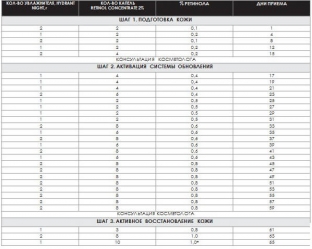
Recommended home care:
Beautician's task – not only to ensure that professional retinoid procedures are performed correctly, but also to explain to the patient how important it is to maintain discipline in the implementation of home appointments for maximum effectiveness of therapy:
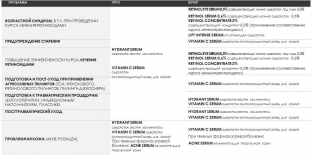
The use of carboxytherapy and retinoids in combination provides the maximum result in the elimination of imperfections and signs of skin aging. In the photo, a 45-year-old patient after the complex use of retinoids and carboxytherapy:
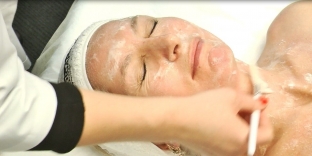
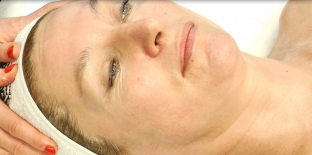
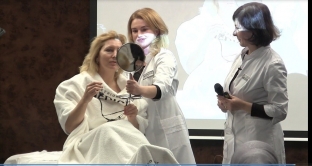
To get acquainted with the detailed protocols for the use of retinoids, the features of combining the retinoic care program with carboxytherapy and other anti-age procedures, get answers to all questions related to drugs, and also purchase all the necessary funds, you can attend trainings and seminars that are regularly carried out by Medicare, or by contacting the company's representatives in any way convenient for you.







Add a comment